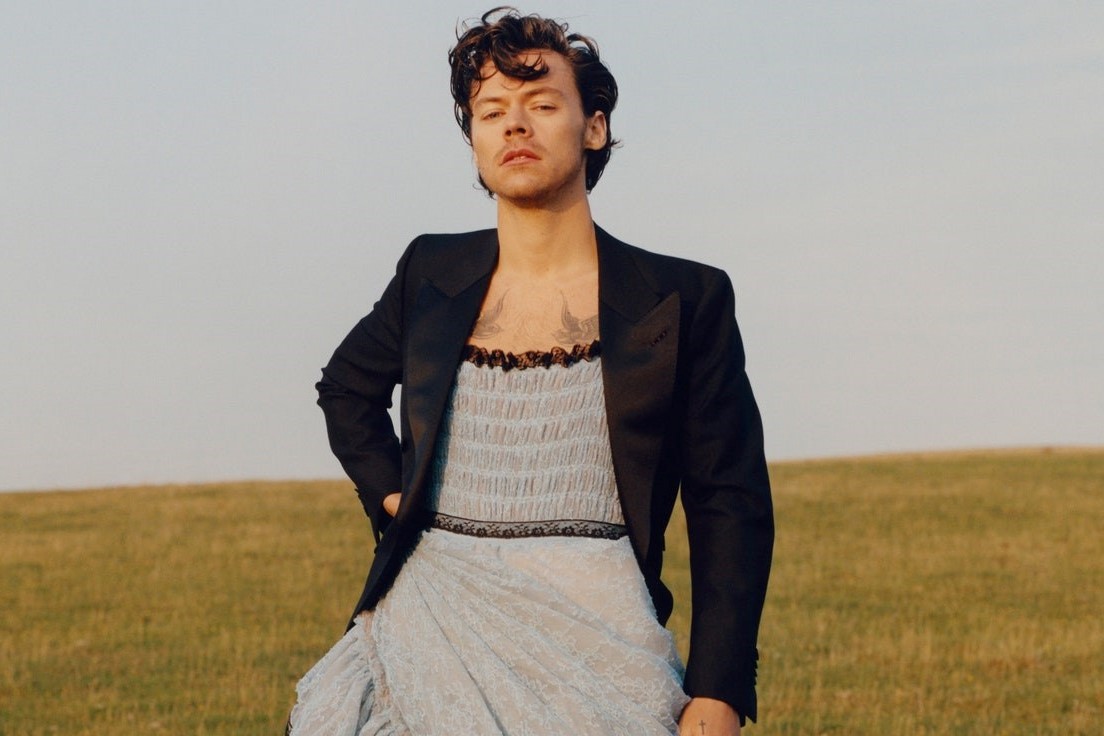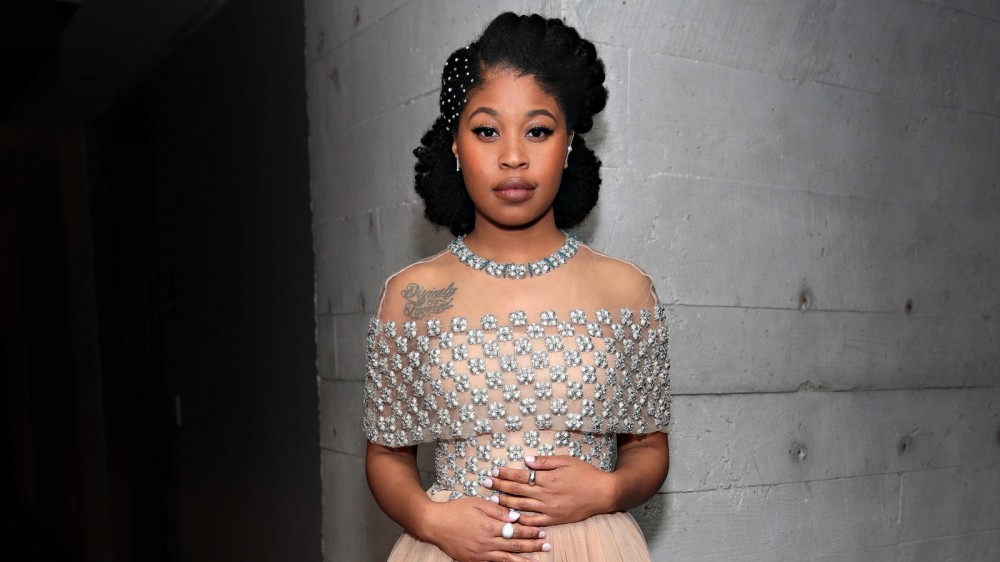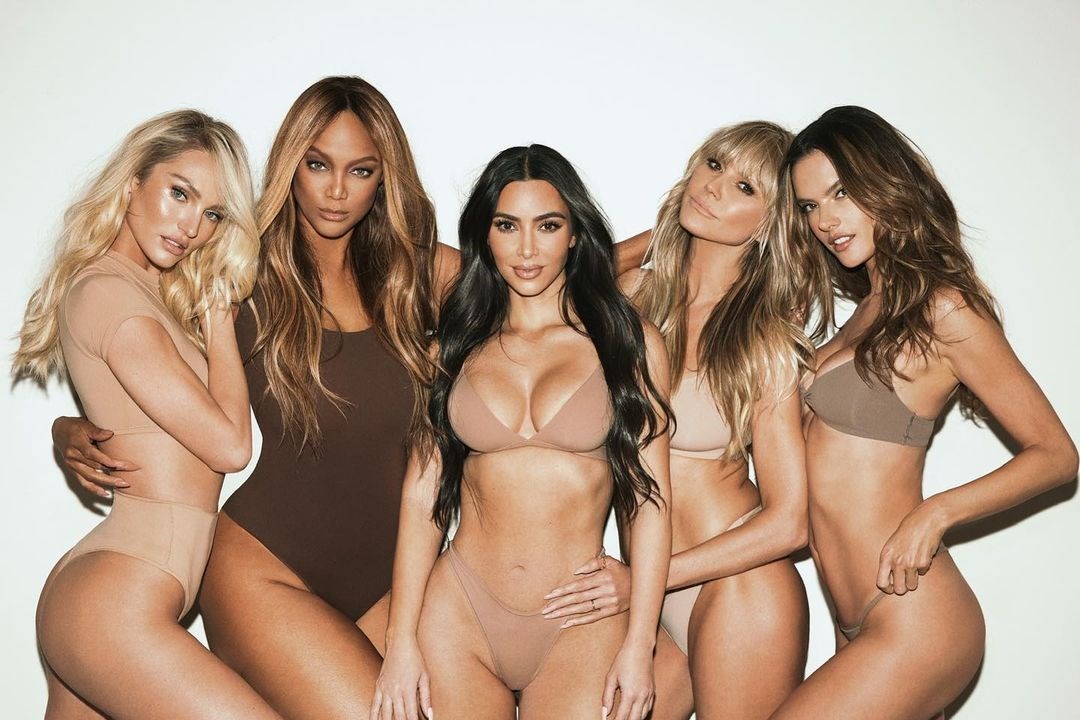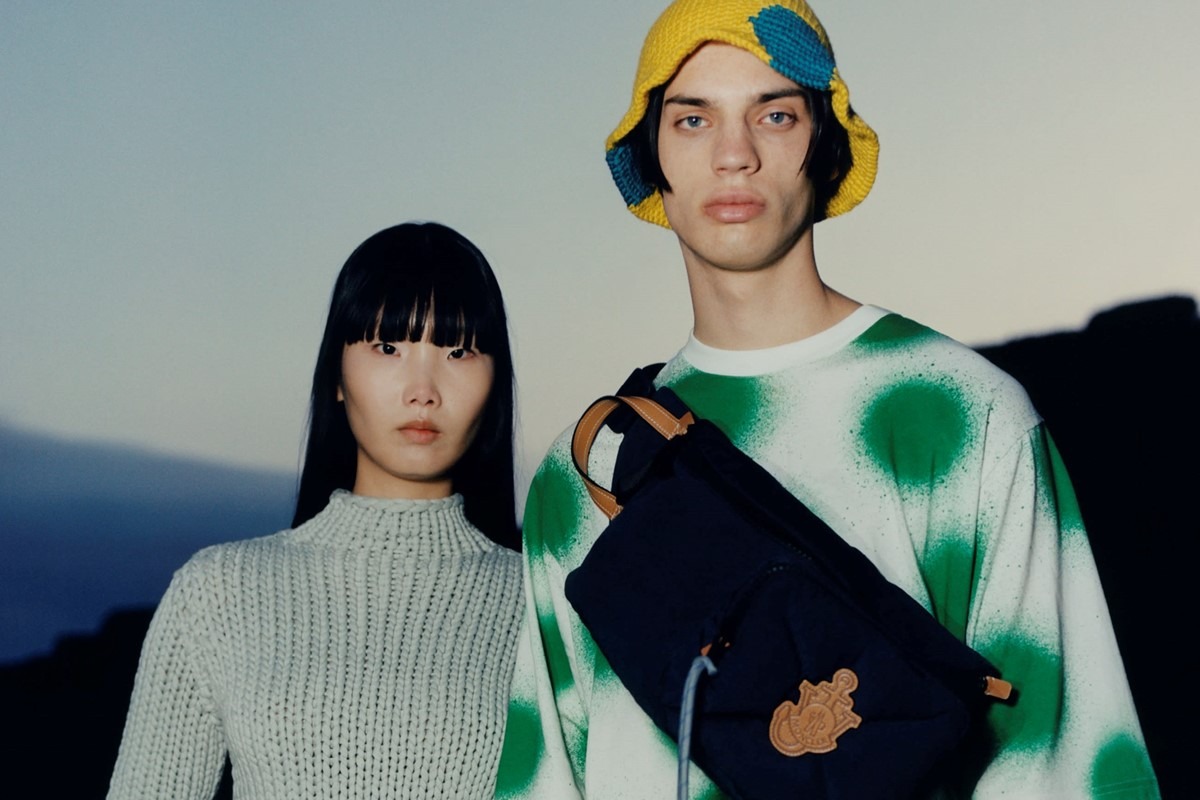
Seven reasons to see the V&A’s Fashioning Masculinities show
From Harry Styles’ Gucci gown to Gary Oldman’s full Prada look, the exhibition takes a magnifying glass to the evolution of menswear
Harry Styles’ Gucci! Marcus Rashford’s Burberry! Gary Oldman’s Prada! The V&A’s new show, its first major menswear moment bringing together 100 looks and 100 artworks under the celebratory title Fashioning Masculinities: The Art of Menswear, is brimming with IRL must-sees. Co-curated by Claire Wilcox and Rosalind McKever with Marta Franceschini – Gucci’s also on board as partner; Alessandro Michele’s AW20 show notes greet visitors on the way in – the exhibition was engineered to highlight the power, artistry, and diversity associated with masculine attire and appearance, and it does so with a bold line-up of vintage undergarments, contemporary tailoring, and exquisite party frocks.




Beyond those big hits, there’s also a fantastic coat from photographer Cecil Beaton, crafted for a party in 1937 and featuring eggshells and roses (v the shoes at Loewe SS22, IMHO), one of Kehinde Wiley’s striking floral-backed portraits (Alexander Cassatt, 2017), and a casual kilted look from Nicholas Daley’s AW17 collection. “[The kilt is] still a very powerful item within menswear, blurring the lines between masculinity and femininity,” the designer, who previously collaborated with the V&A Dundee in 2019, explains. Elsewhere video clips include choreographer Matthew Bourne’s brilliant Spitfire, as performed by New Adventures at Sadler’s Wells in 2021, A$AP Rocky’s Nadia Lee Cohen-directed “Babushka Boi”, and Tilda Swinton’s 1992 turn in Orlando, plus a nod to male make-up trends with videos from Chanel and Tom Ford.

Opening tomorrow, the exhibition arrives just as the suit, that most established of menswear staples, has been lifted from the UK inflation basket (a metric for measuring the cost of living) for the first time since its inception in 1947 – which is perhaps entirely fitting, given the show’s primary objective is to unpack the evolution of menswear. “Hopefully people viewing the collections can make their own interpretation of what they feel menswear is in 2022 and how us as designers are continually challenging that,” notes Daley. Additional appearances from Patti Smith in her Horses era, Tom of Finland, and gender-affirming underwear label Paxsies meanwhile only further foreground the show’s commitment to decoding the construction and performance of masculinity.
Below, McKever tells us how the modern fashion industry informed the show, why Billy Porter was such an integral component, and what we should know about the colour pink.
IT’S BEEN A LONG TIME COMING
“I’ve been working on it for nearly four years, I arrived when there was already the desire to have a menswear exhibition and combine art and fashion. There have been delays, for obvious reasons, but it’s really exciting how the pace and enthusiasm for the menswear industry has only grown in the period that we’ve been doing it; we actually have quite a few looks which were not created when we first started. So it’s been really rewarding to see how the menswear industry and the fashion industry more broadly, has a role in contributing to this show.”
THE RELATIONSHIP BETWEEN THE CLOTHES AND THE ART CANNOT BE OVERSTATED
“We wanted to show how fashion’s changes in terms of menswear, are already part of a wider culture. For example, our idea of masculine underwear advertisements, how that’s coming from classical culture – classical statuary. Those connections were very clear to us, and then we also wanted to show through portraiture how these clothes were worn, so for example the wonderful portrait by Sofonisba Anguissola, where the cape is draped over the shoulders even though it’s got sleeves. The way these clothes have been displayed is really integral to our understanding of them.”
SHAPED BY COLLABORATION, THE EXHIBITION IS THE PRODUCT OF PROPER TEAMWORK
“We were very self-conscious about it [the largely female curatorial team] throughout, and so we were forever consulting with people, sort of formally and informally to think of their receptions. One of the most important things was our colleague Zorian Clayton, who’s co-chair of the LGBTQIA+ committee here at the V&A; we kind of seconded him as curatorial advisor to the exhibition, because we felt having someone from that community contributing to the narrative we were creating was really important.”
IT WILL CHALLENGE YOUR UNDERSTANDING OF THE COLOUR PINK
“We were excited about looking at pink, in that in the 18th century it was a colour associated with wealth and power – it was very expensive to import the dyes to make pink – so it was nothing to do with femininity until the 20th century. It was really interesting for us to bring together examples of people in the 18th century, both looks and also wonderful portraits by artists such as Joshua Reynolds, to bring those together with designers who are using pink in the 21st century to push back against that idea of femininity. So for example, the Harris Reed ensemble, is really showing the kind of political use of the power of pink in a new way.”
AND SUITS WERE PARAMOUNT TO THE PROCESS, OBVS
“Elements of the suit echo repeatedly over time. We have a wonderful display of the Beau Brummel era and tailoring in those early days, but throughout the exhibition we also see how that’s been unpicked and rethought by designers. We actually start with a work by Craig Green, where the cuffs and collars and trousers and sleeves have been reconfigured onto a kind of armature to create a completely different idea of the suit. And we end with a number of designers who are working to pick the suit apart, for example there’s a Comme des Garçons look that’s inspired by the novel Orlando by Virginia Woolf. We also have a suit worn last September by Timothée Chalamet, which is in many ways a suit, but it’s also beautifully sequinned and pushing against a normative idea of what a suit should be.”
LONDON WAS A MASSIVE INFLUENCE, AND THEY WANT TO PAY THAT FORWARD
“What we’re really hoping is to reflect the excitement around the London scene at the moment, and how many young people in London are really into their fashion. And to be able to reflect that and encourage that further. There are examples throughout the exhibition where we’ve seen, particularly young designers, have visited the V&A for inspiration, for example Edward Crutchley and Rahemur Rahman in their prints, have come and looked at the holdings we have here. So it’s our hope to continue that trend so that young people coming to this exhibition, particularly designers, will take inspiration from what they see, to create even bolder, brighter, more exciting creations.”

BILLY PORTER’S OSCAR’S GOWN WAS THE FINAL BELLE AT THE BALL
“One of the pieces that as soon as I saw it, I knew we had to have it – and one of the last to arrive as we were installing – was the Christian Siriano tuxedo gown worn by Billy Porter. Every time Porter stepped onto the red carpet while we were curating this show, our hearts stopped, but with that one, it just felt like such an important moment of someone who is doing so much to really foreground gender nonconformity, particularly in the Black community. And it’s such an incredibly beautiful gown, when it arrived we just couldn’t believe that it was with us. Getting it here was a real trial.”



